Text
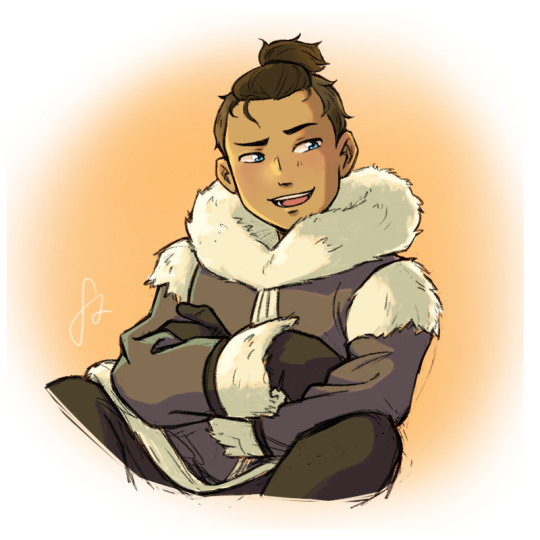
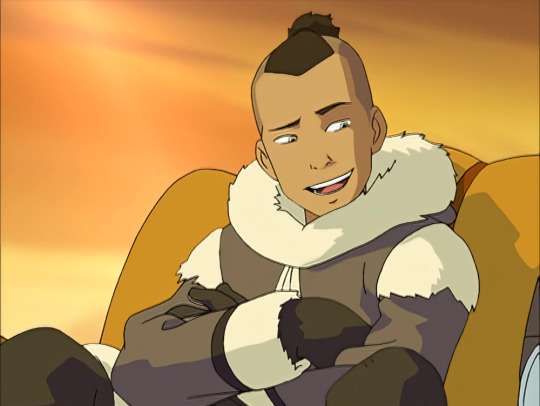
socks!! 🌊🗡💙
977 notes
·
View notes
Text
Fighting Styles: Toph Bei Fong
Today is Earth Day and since I can never pass up an opportunity to make a good pun, I’m going to analyze the physicality/fighting style of everyone’s favorite earthbender, Toph Bei Fong.
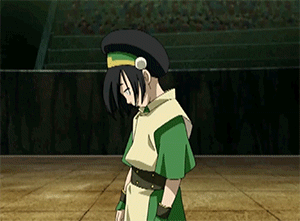
Toph is unique in her usage of Chu Family (Zhujia/Chugar) Southern Praying Mantis Style (tanglangquan/tonglongchuan) kung fu, as opposed to the Hung Gar style kung fu (a popular style that is used by one of the most famous martial artists of Chinese folklore and protagonist of many a wuxia film, Wong Fei Hung) every other earthbender in the series uses. Unlike Hung Gar, which is heavily external and thus relies on physical strength, Chu Gar Tonglong is an internal style that emphasizes turning your opponent’s strength against them. This synchronizes with Toph’s preferred method of combat, which is deeply rooted in counter-attacks.

Chu Gar Tonglong is a very unique martial art, characterized by its bizarre rhythm and unconventional movements. It’s been compared to the Drunken Fist, only without the seemingly off-balance aspect. Unlike Azula’s Chachuan, Chu Gar Tonglong is not a particularly elegant or beautiful style (in fact, some martial artists even refer to it as the fighting style of the undead due to its off-putting movements), which also makes sense given Toph’s rough exterior.

Other characteristics of Chu Gar Tonglong include:
1. Striking in rapid succession, without withdrawing your limbs to their initial position
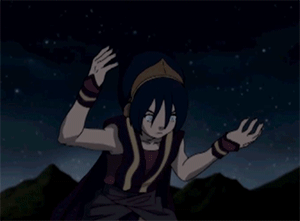
2. Bent elbows, like those of a mantis, hence its namesake (Unlike Northern Praying Mantis, Chu Gar Tonglong does not commonly use the “mantis fist” that most people associate with mantis-style)

3. Stances usually involve the feet separated wider than shoulder-width apart, with the majority of your weight on the front leg. The back leg is slightly curved and enables maneuverability.

4. Close-range combat with a heavy emphasis on arm and hand strikes. Typical uses of the hands include…
Slicing strikes
Exploding fingers from the fist
Claw-like raking actions
Hooking and deflecting hands
Elbow strikes
Outward strikes of the knuckles
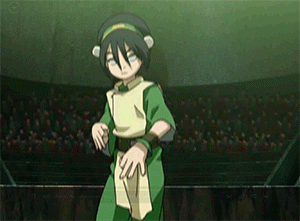
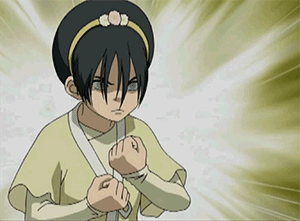
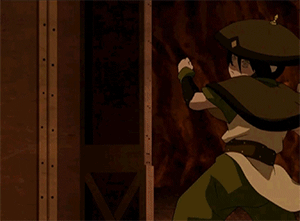
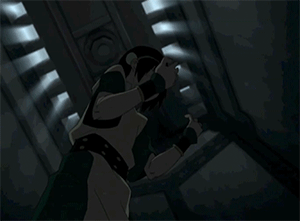
5. Simultaneous offense and defense with every strike. Again, this is very fitting with Toph’s preferred method of counter-attacks.


In contrast with Northern Tonglong, Chu Gar Tonglong is very grounded and places almost zero emphasis on kicking techniques. The few kicks there are are very low to the ground, and usually aimed at the opponent’s ankles.
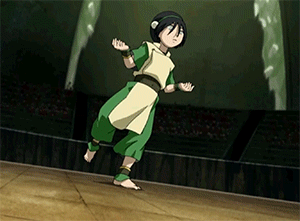
This suits Toph well, due to her blindness and her need to “see” with her feet, as she would require both feet on the ground as frequently as possible, which would make high kicks and flying kicks not ideal for her to use.
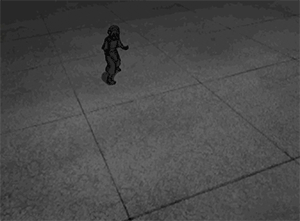
In short, Chu Gar is a close-range internal style well-suited for those who don’t possess particularly high physical strength, are fast with their hands, and prefer to remain grounded. Its no-frills approach to fighting and equal emphasis on both offense and defensive maneuvers make it a very unique martial art, and perfectly suited for Toph’s gruff and belligerent personality.
I’ll write more on Toph’s non-combat physicality some other time.
Random Trivia!
Even though Bei Fong sounds very similar to the Chinese phrase meaning “north” (beifang), Toph uses a Southern fighting style.
Chu Gar Praying Mantis is a dying art. There are very few teachers left in the world who know this style and even fewer who are willing to pass it on. Martial arts enthusiasts and Toph lovers should go seek out a Chu Gar master and learn the art while they still can.
Happy Earth(bending) Day!
6K notes
·
View notes
Text
Something small while I work on bigger projects 👀
1K notes
·
View notes
Text
Something that really bothers me, especially in Book 3, is Mai and Zuko's dynamic.
Mai is shown on multiple occasions to misinterpret his words and dismiss his anger, or to make light of it.
The situations that pop into my mind are for one: the start of the book, where Zuko starts monologuing about how things might have changed in the 3 years he was gone, and how much he had changed. Mai responds with a joke (I just asked if you were cold, I didn't ask for your life story) and tells him simply to stop worrying.
The second situation I think of is during Nightmares and Daydreams, after Mai says "it's just a dumb meeting, who cares?" Zuko responds sullenly and ironically that he didn't. Mai doesn't interpret his sarcastic meaning and says "well good, you shouldn't be." You can see Zuko becoming increasingly upset as she begins asking why he would even want to go. After it becomes clear that her words have only fanned the flames she suggests that ordering some servants around would make him feel better, apparently not understanding that he wasn't interested in ordering servants around like she was. She realizes that her efforts haven't helped him when she tried to get him to look at her and gives up, stepping away from him and withdrawing her hands in silence.
Both of these situations potray a theme of miscommunication. Zuko isn't straightforward with his feelings, and Mai doesn't seem to understand that (or just feelings in general). In The Beach their dynamic becomes even more clear, showing how toxic their relationship could be by way of potraying Zuko's jealousy and Mai's constant indifference with an occasional flash of anger or annoyance. I once heard it said that some people like to suffer together, and some want to be happy together. I think this is a situation of the former, which I don't think is particularly healthy.
To conclude, Mai and Zuko's relationship is a little complicated.
0 notes
Text
By far the most unrealistic thing in The Ember Island Players episode is the fact that Katara doesn't bring up her mother
Like that's one of the most well known things about her, she talks about it all the time, how did the playwrite NOT know that?
#katara#avatar the last airbender#atla#the ember island players#just rewatching it for the millionth time#happened to notice that#anya rambles
15 notes
·
View notes
Text
people with bad taste are always like “yurr hurr The Beach is about zuko and mai and how they’re a great couple” while intellectuals know that Actually The Beach is about mining any and all of the untapped friendship potential of this striking exchange


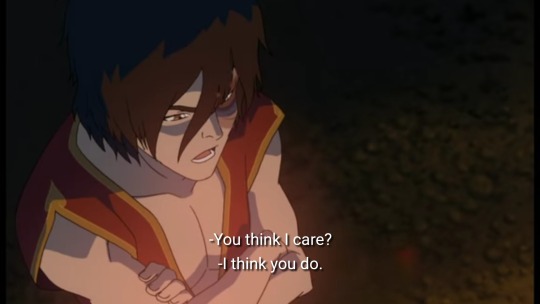
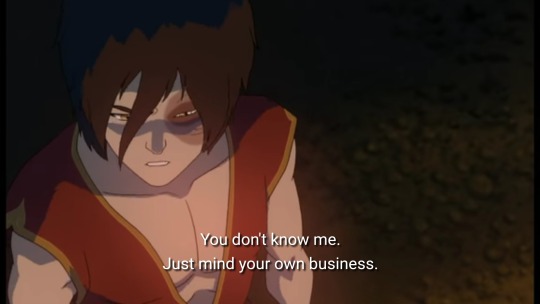

118K notes
·
View notes